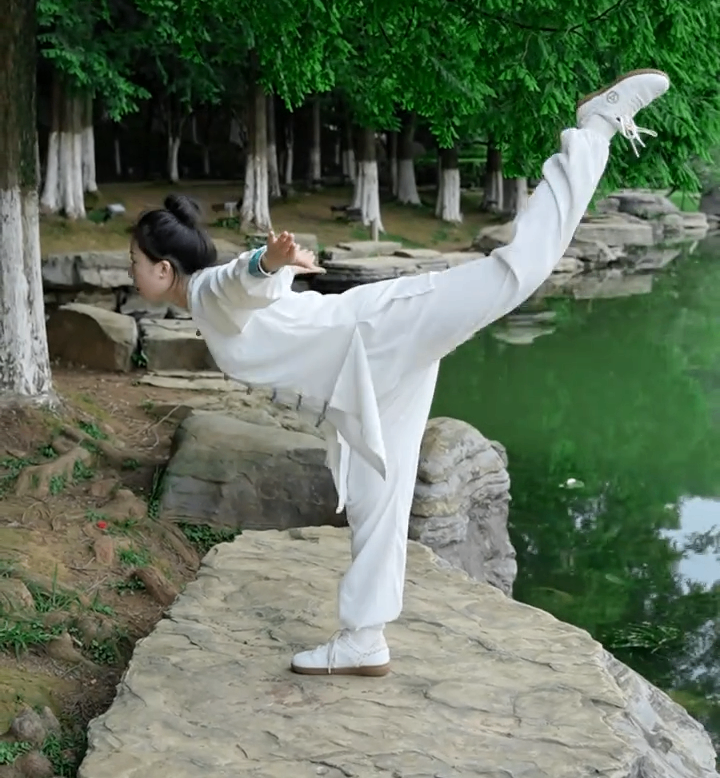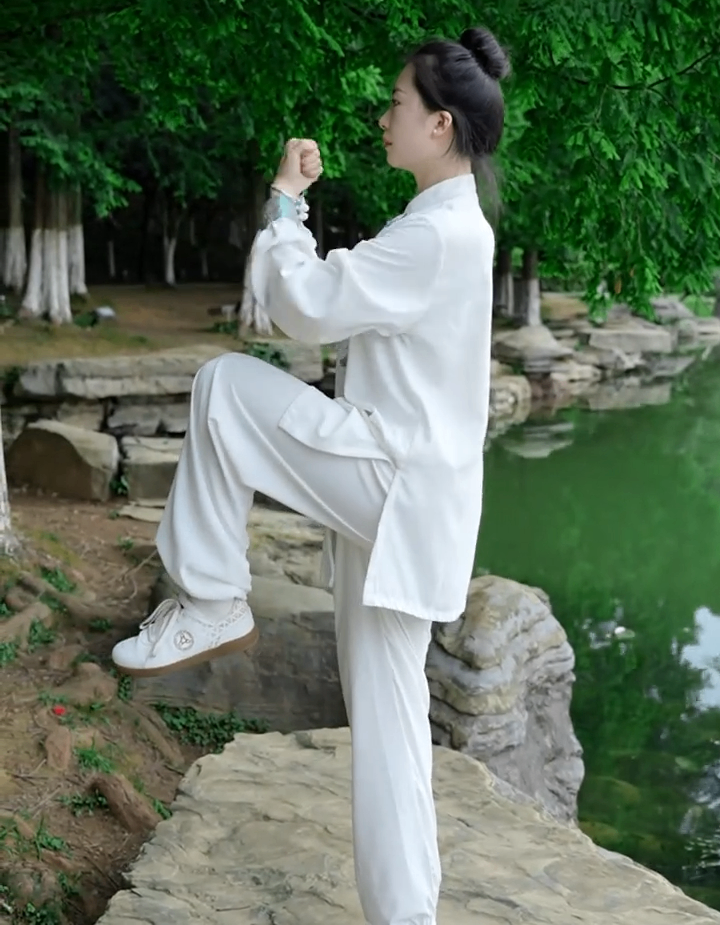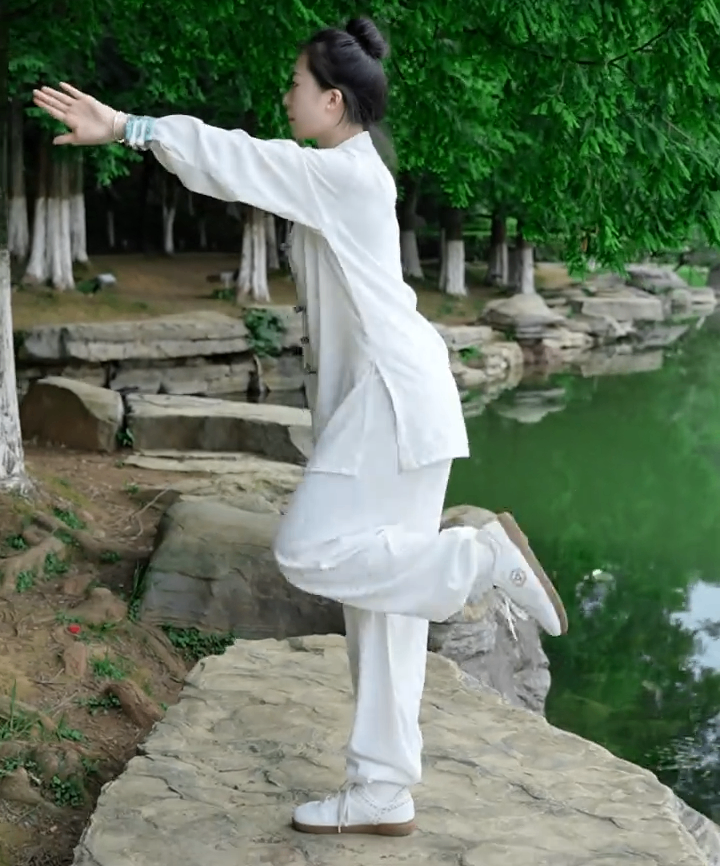Understanding the Problem: Weakness, Balance, and Core Instability
Before diving into the yoga poses, it’s essential to understand the underlying issues that contribute to lower back pain. Weakness in the limbs, poor balance, and core instability are often interconnected. When the core muscles are weak, the body compensates by placing additional strain on the lower back, leading to pain and discomfort. Poor balance can exacerbate this issue, as it forces the body to overcompensate during movement, further straining the lower back.
Core instability is another critical factor. The core muscles, including the abdominals, obliques, and lower back muscles, play a vital role in maintaining proper posture and stability. When these muscles are weak or imbalanced, the body becomes more susceptible to injury and chronic pain.

The Solution: Yoga Poses for Lower Back Pain
Yoga is a powerful tool for addressing these issues. It combines strength-building, flexibility, and balance exercises, making it an ideal practice for those struggling with lower back pain, weakness, and instability. Below, we will explore two key yoga poses that target these areas and provide actionable tips for incorporating them into your daily routine.
1. Cat-Cow Stretch (Marjaryasana-Bitilasana)
The Cat-Cow Stretch is a foundational yoga pose that helps improve flexibility, relieve tension in the lower back, and strengthen the core muscles. This pose is particularly effective for individuals with poor balance and core instability, as it encourages mindful movement and coordination.
How to Perform the Cat-Cow Stretch:
Starting Position : Begin on your hands and knees in a tabletop position. Align your wrists directly under your shoulders and your knees directly under your hips. Keep your head in a neutral position, looking downward.
Cat Pose (Marjaryasana) : Inhale deeply and slowly arch your back, lifting your head and tailbone toward the ceiling. Exhale as you round your spine, tucking your chin toward your chest and drawing your belly button toward your spine. This is the Cat Pose.
Cow Pose (Bitilasana) : On your next inhale, reverse the movement by arching your back again, lifting your head and tailbone. This time, focus on expanding your chest and dropping your shoulders away from your ears. This is the Cow Pose.
Flow Between the Poses : Continue to alternate between Cat and Cow poses, synchronizing your breath with the movement. Inhale for Cow Pose and exhale for Cat Pose. Perform this flow for 3 minutes per set.
Benefits of the Cat-Cow Stretch:
Improves Flexibility : This pose stretches the muscles of the lower back, hips, and neck, helping to relieve tension and stiffness.
Strengthens the Core : The controlled movement required for this pose engages the core muscles, promoting stability and reducing lower back strain.
Enhances Balance : By focusing on coordinated movement and breath, the Cat-Cow Stretch helps improve overall balance and body awareness.
2. Bridge Pose (Setu Bandha Sarvangasana)
The Bridge Pose is another excellent yoga pose for strengthening the core, improving balance, and relieving lower back pain. This pose targets the glutes, hamstrings, and lower back muscles, providing a comprehensive workout that addresses weakness and instability.
How to Perform the Bridge Pose:
Starting Position : Lie on your back with your knees bent and your feet flat on the floor, hip-width apart. Extend your arms alongside your body, palms facing down.
Lift Your Hips : Inhale deeply and slowly lift your hips off the floor, pressing your feet firmly into the ground. Engage your glutes and core muscles to maintain stability. Your body should form a straight line from your shoulders to your knees.
Hold the Pose : Once you’ve lifted your hips, hold the position for a few breaths. Focus on maintaining proper alignment and avoid arching your lower back excessively.
Lower Your Hips : Exhale and slowly lower your hips back to the starting position. Repeat this movement for 3 minutes per set.
Benefits of the Bridge Pose:
Strengthens the Core : This pose engages the deep core muscles, promoting stability and reducing lower back strain.
Improves Balance : By requiring controlled movement and focus, the Bridge Pose helps improve overall balance and coordination.
Relieves Lower Back Pain : The gentle stretch on the lower back muscles can help alleviate tension and discomfort.

Incorporating These Poses into Your Daily Routine
To see the best results, it’s recommended to practice these two poses daily, completing five sets of each pose, with each set lasting 3 minutes. Consistency is key when it comes to building strength, improving balance, and relieving lower back pain. Over time, you’ll notice improved posture, reduced discomfort, and greater overall stability.
The Role of Daoist养生 (Daoist养生) in Enhancing Your Practice
Daoist养生, or Daoist养生, is an ancient Chinese practice that emphasizes harmony between the body, mind, and spirit. It incorporates principles of breathing, movement, and meditation to promote overall wellness. The太乙游龙拳 (Taiyi Youlongquan), a traditional Daoist martial art, shares similarities with yoga in its focus on balance, strength, and inner stability.
By incorporating the principles of Daoist养生 into your yoga practice, you can deepen your connection to your body and enhance the benefits of these poses. Pay attention to your breath, focus on mindfulness, and allow your movements to flow naturally. This holistic approach will not only help alleviate lower back pain but also promote overall health and vitality.

Conclusion
Lower back pain, weakness, poor balance, and core instability are challenges that can significantly impact your quality of life. However, with the right approach, you can address these issues and regain control of your body. The Cat-Cow Stretch and Bridge Pose are two powerful yoga poses that target the lower back, core, and limbs, providing relief and strengthening the body.
By practicing these poses daily and incorporating the principles of Daoist养生, you can achieve a stronger, more balanced body and reduce the discomfort associated with lower back pain. Remember, consistency is key, and with time and patience, you’ll notice significant improvements in your physical health and overall well-being. Start your journey toward a pain-free, stable body today!



